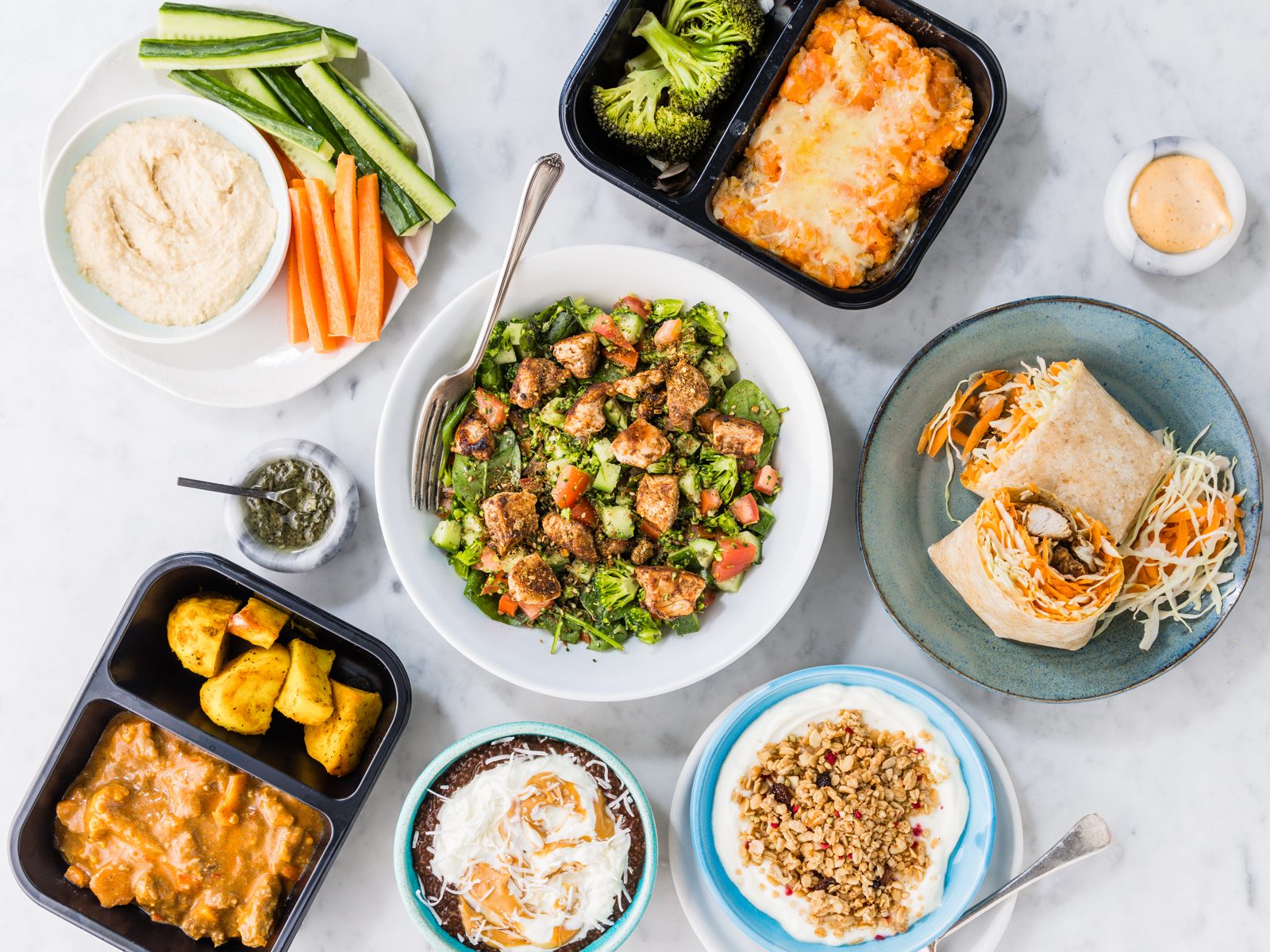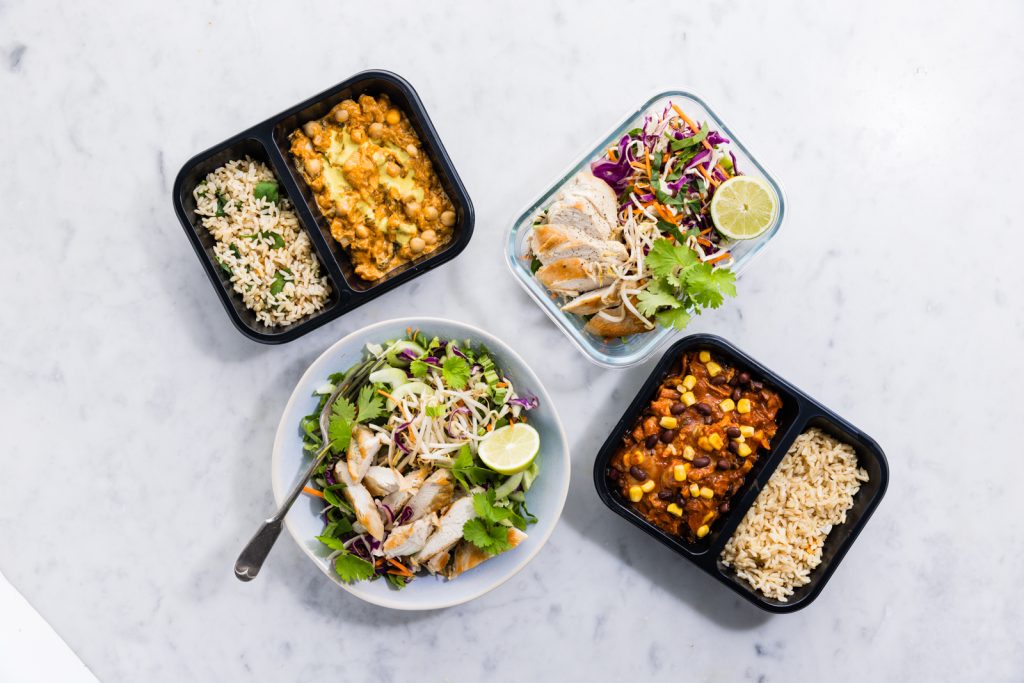Eating well doesn’t have to break the bank. With a little planning and preparation, you can enjoy meals that are good for your body and your budget. Small changes like shopping seasonally, using pantry staples, and making the most of what you already have can go a long way toward reducing costs. Whether your goal is to save money, reduce food waste, or simply feel more organised during the week, these strategies will help you make healthy eating both affordable and sustainable.
Below our Nutrition Team shares six simple steps to make meal prep budget-friendly and a breeze.

1. Plan and prep ahead
Meal prepping is one of the best ways to save time and money. Set aside an hour or two each week to plan your meals, cook the main components ingredients, or portion out snacks and lunches.
Having food ready to go helps you avoid last-minute supermarket trips or takeaways, reduces food waste, and makes healthy eating easier during busy weeks.
2. Cook once, eat twice
Instead of cooking every night, make a little extra or double the recipe so you have lunch ready for the next day. Fresh Start meals are perfect for this as they are balanced, portion-controlled, and easy to store for leftovers.
3. Shop smart
Plan your meals before you shop and write a list, so you only buy what you need. Focus on in-season produce, which is fresher, tastier, and usually cheaper. When fresh produce isn’t in season, choose frozen or canned options. They are just as nutritious and often more affordable.

4. Buy in bulk (when it makes sense)
Pantry staples like oats, rice, beans, lentils, and wholegrains are cheaper when bought in larger quantities. Store them in airtight containers and they will last for months.
If you have freezer space, bulk-buy meat, fish, or chicken when it is on special and portion it out for later.
5. Avoid food waste
Food waste costs more than you think, both financially and environmentally. Try these small tweaks to make the most of what you buy:
- Plan meals that use overlapping ingredients, such as spinach in both salads and omelettes.
- Store leftovers in clear containers so you don’t forget about them.
- Freeze soups, curries, and cooked grains before they spoil.
- Check expiry dates and rotate pantry goods so older items get used first.
6. Bulk up with plants
Stretch your meals further by adding plant-based ingredients that are affordable, filling, and high in fibre.
Mix lentils into mince dishes, add beans to curries, or toss extra frozen vegetables into stir-fries and pasta sauces. These additions add volume and nutrition, helping your meals go further for less. More bang for your buck and more plants on your plate.



